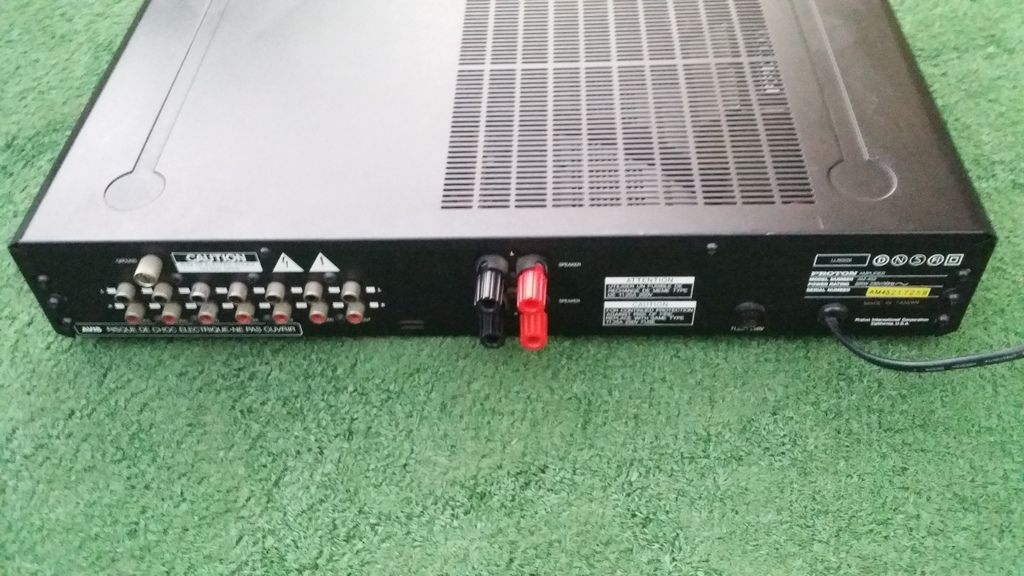

#PROT ON AMPLIFIER SERIES#
The book states "22.5 V above each supply" which seems excessive, this is indeed probably a typo. CS® 4000 Power Amplifier Building on the reputation of the world-famous Peavey CS 800, which conquered the power amp market in the 1970s, the CS Series is the global standard bearer for workhorse reliability. D2, D3, D4 can only protect as long as the current through them is limited and that's what the 400 ohm resistors take care of. The same applies for an overvoltage situation.
#PROT ON AMPLIFIER FULL#
Without the 400 ohm resistors, the full ESD event voltage would be on the base of Q1 and Q2 destroying them immediately. They do serve a purpose, they limit the current when the the diodes D2, D3, D4 conduct.

Then those 400 ohm resistors would not be there now would they. Sub: 1-18' Zv3 with NS coils and cone Sub Amp: Mmats 2100.2 Front Stage: Hybrid Audio L6 mids, SEAS Neo Tweets, SAX 100.4, RF 3sixty. Share confidential information safely both inside and outside of your organization or enterprise. Control information inside and outside the company. Even at 6mA max input current, \$ r_\pi = \$ would only be correct IF the emitters of Q1 and Q2 were grounded, which they are not.įrom the drawn circuit you can only guess the differential input impedance which will be roughly (sucking thumb, too lazy to do proper calculation) \$\beta * R_G\$. Prot-On allows enterprises, professionals or home users to share information online via any channel and retain control and ownership of the information. But the input circuitry implies each input sees an impedance of \$ 400\Omega + r_\pi\$. item 5 proton d540 2-ch integrated bass eq dynamic power corded stereo amplifier proton d540 2-ch integrated bass eq dynamic power corded stereo amplifier 249.99 item 6 Fosi Audio V1.0G Class D Amplifier 2 Channel Stereo Audio Digital Home Power Amp Fosi Audio V1. the non-inverting input of an op-amp buffer). The +IN and -IN inputs to an IA should see a very large input impedance in the \$ M\Omega \$ range (i.e. But wouldn't a positive (or negative) transient direct a large current to \$ +V_S \$ (or \$ -V_S \$) and damage the power supply? Shouldn't they have decoupling capacitors to direct these transients to ground instead of going through \$ +V_S \$ or \$ -V_S \$?ĭo the internal input resistors reduce the input impedance? The internal diodes (D1-D4) are there to raise the DC overload and to protect the input of Q1 or Q2 from transient (or ESD). Why direct transient to power supply with diode? The D1200 measures 16-1/2 inches wide, 14-1/4 inches deep, and 4-1/4 inches high and weighs 33 pounds. This is very good in that no capacitors or. There were a few concepts mentioned in the Input Protection Basics from A Designer's Guide to Instrumentation Amplifiers, page 5-5 that I don't quite understand: The standard Class AB audio power amplifier allows for direct coupling of the output of the amplifier to speakers.


 0 kommentar(er)
0 kommentar(er)
